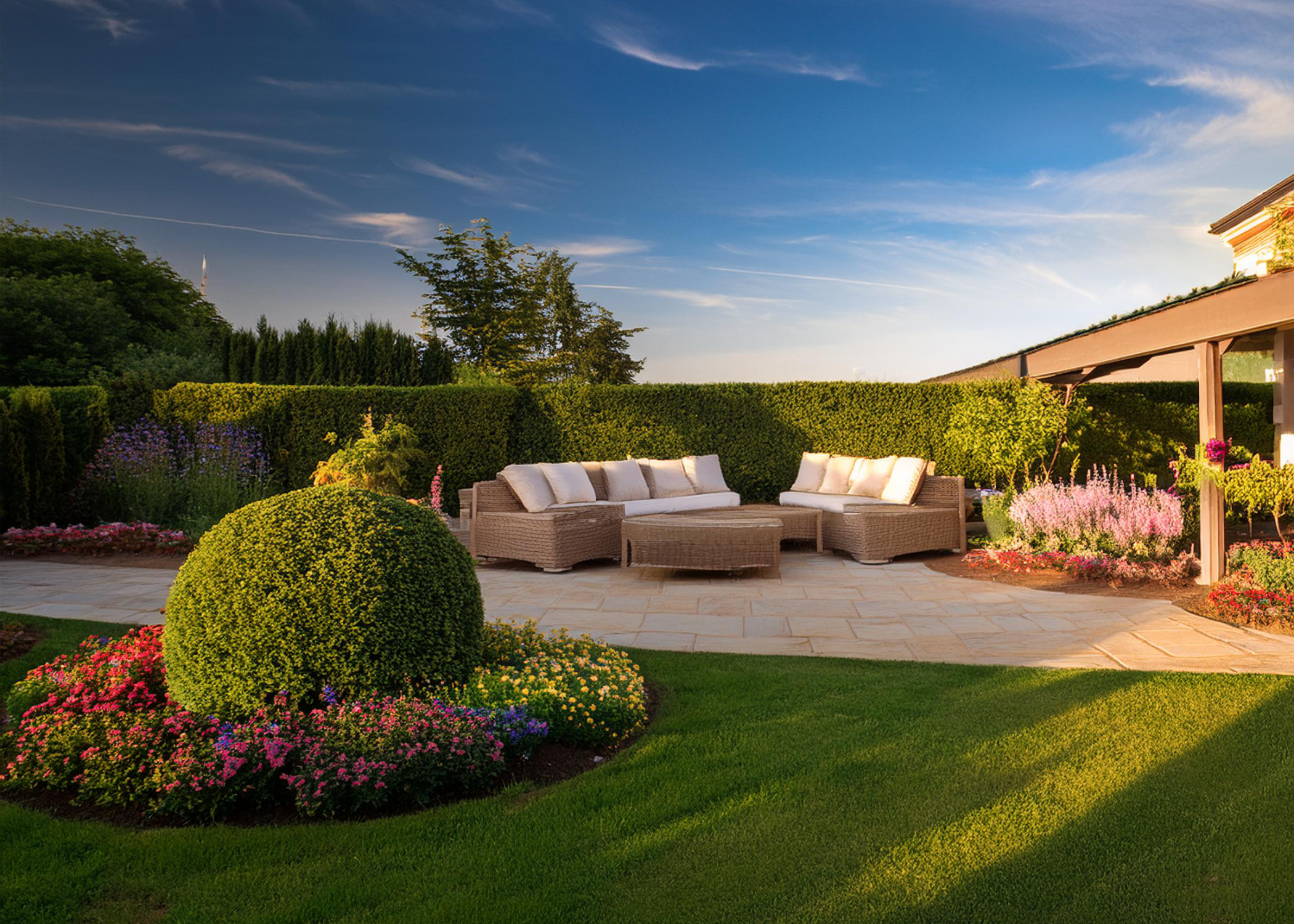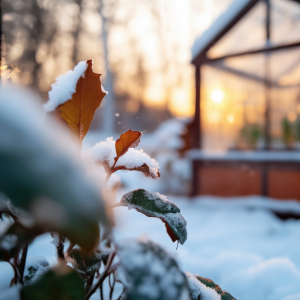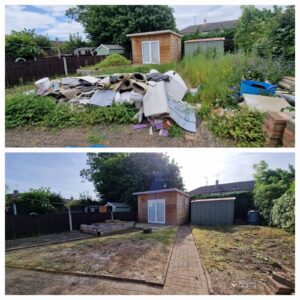Embarking on a landscape design project can be both exciting and overwhelming. With so many choices to make, from selecting plants to deciding on the layout, it’s easy to feel a bit lost. But fear not! Here are seven beginner-friendly tips to help you turn your yard into a beautiful and functional outdoor space.
1. Determine Landscape Design Needs and Wants
Start by making a list of your needs and wants. Do your kids need a play area? Do you want a vegetable garden? Would your family enjoy a patio with a fire pit? Sketch rough ideas of where you want to place different elements in your yard. These sketches don’t need to be detailed plans; simple lines and circles can help you organize your thoughts and visualize your dream garden. This initial planning will serve as a foundation for your landscape design.
2. Think About Location
Understanding the sun and wind patterns in your yard is crucial. For instance, placing a patio on the west side might expose it to intense afternoon sun, making it uncomfortable during summer evenings. Similarly, wind can quickly extinguish a fire pit if placed in an exposed area. Take time to observe your yard at different times of the day and year to make informed decisions. Additionally, knowing your Hardiness Zone and conducting a soil test can guide your plant choices and placement.
3. Spend Time in Your Landscape
Before making any changes, spend some time in your yard to understand its natural flow and where you instinctively want to spend time. This can prevent hasty decisions that might not work long-term. Flexible patio furniture and accessories can help you experiment with different arrangements until you find what works best.
4. Start Small
While complete makeovers on TV can happen in days, most homeowners benefit from a slower, more deliberate approach. Start with a small project, like a flower bed, and expand gradually. This method allows you to enjoy the process, make thoughtful decisions, and avoid shortcuts that might compromise the final result.
5. Find a Focal Point
Every good landscape design includes a focal point. This could be a sculpture, a beautiful tree, or a group of shrubs. A focal point draws the eye and gives the landscape a sense of structure. Depending on your yard’s style, you can choose traditional or unique elements to serve as focal points. For example, a flat, square yard might benefit from a gazebo, while a free-form yard could feature a fairy garden or a small pond.
6. Focus on Scale and Pacing
Achieving the right scale and pacing can be tricky but is essential for a cohesive look. Vary the size, shape, and colour of plants to create visual interest. Taller plants should be placed against buildings or at the back of flower beds. Paths should lead visitors through the space, encouraging exploration. Balance repetition with new elements to maintain interest without overwhelming the design.
7. Be Open to Change
Landscape design is an evolving process. Be honest about what works and what doesn’t. Don’t be afraid to change elements that no longer fit your style or needs. Experimenting and editing your design over time can lead to a more satisfying and functional outdoor space.
Additional Tips
- Patience is Key: Don’t rush the process. Use temporary solutions like annuals, mulch, or fast-growing groundcovers to fill spaces while you develop your plan.
- Flexible Planting: Use annuals and small perennials around larger plants that need time to grow. These can be easily moved if needed.
Conclusion
Creating a beautiful landscape takes time, planning, and a willingness to adapt. By starting with these beginner-friendly tips, you can transform your yard into a blooming paradise that reflects your style and meets your family’s needs. Enjoy the journey and watch your garden flourish!




